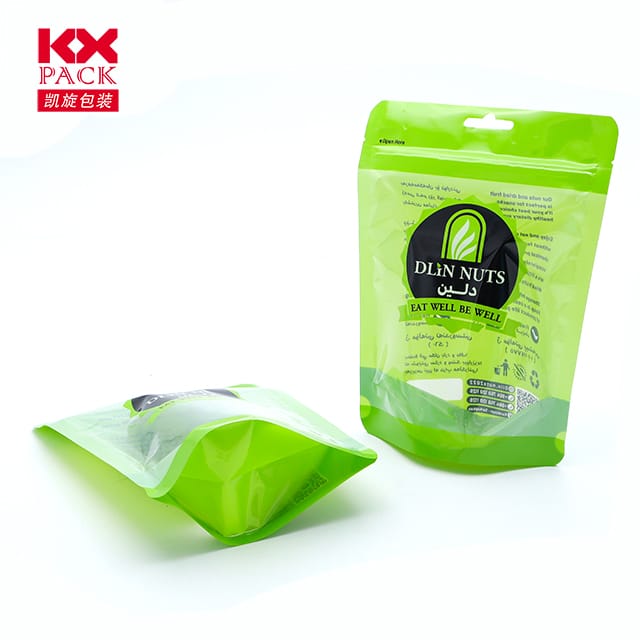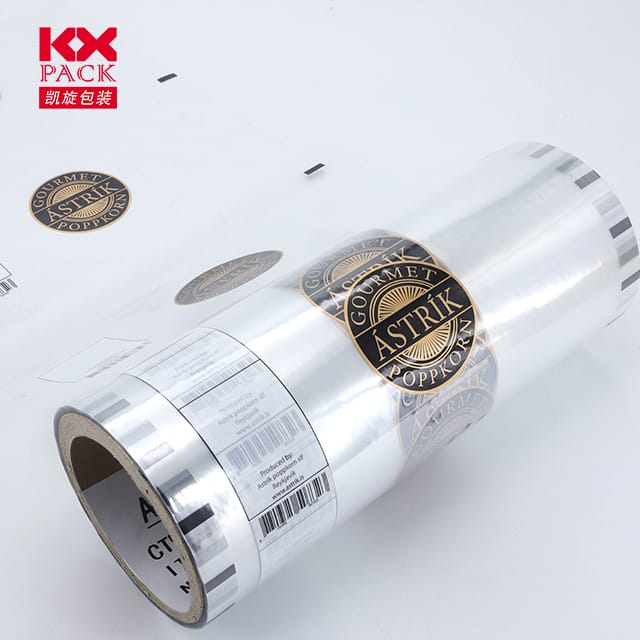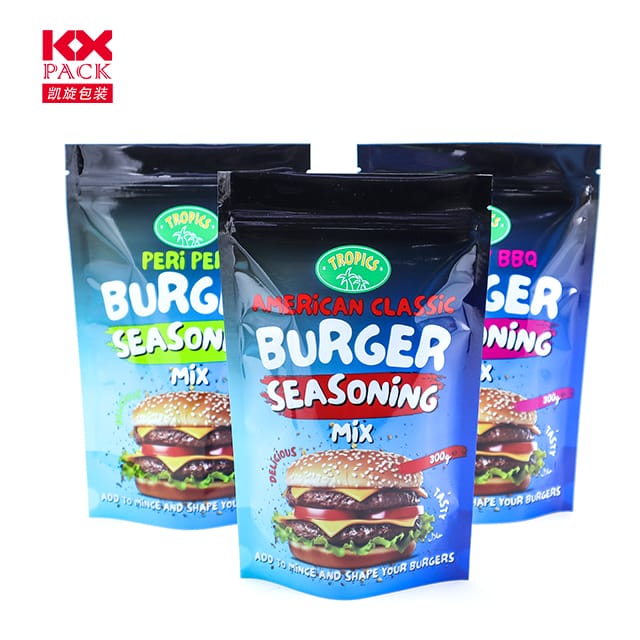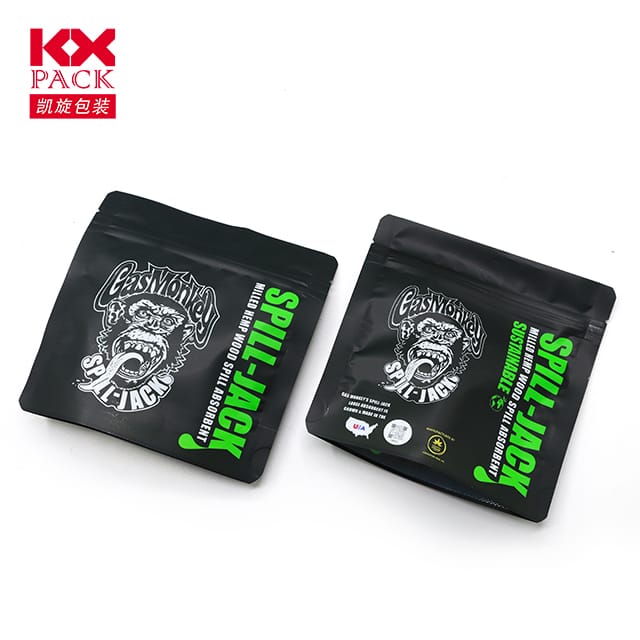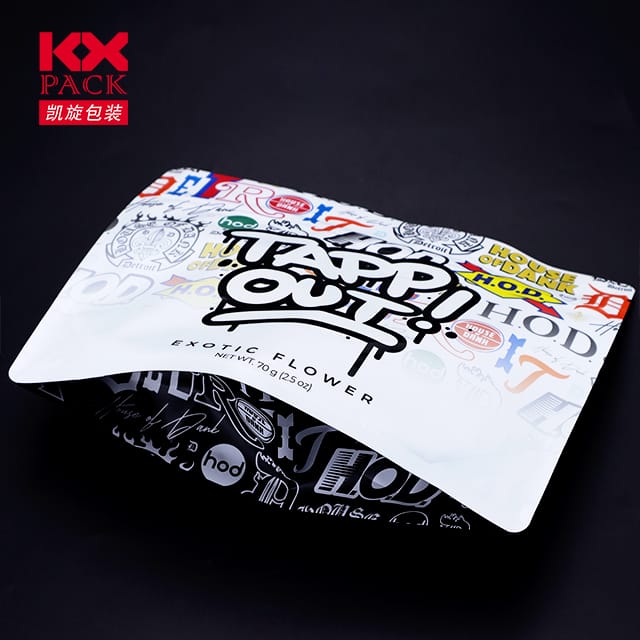Revolutionerende emballage: The Rise of Flexible Plastic Film Innovations(1)
Flexible Plastic Film
In an era where sustainability and functionality reign supreme, flexible plastic film packaging has emerged as a game-changer across industries. From food preservation to e-commerce delivery, this lightweight yet durable material is reshaping how we package, beskytte, og præsentere produkter. Let’s delve into why flexible plastic films are more than just a packaging trend—they’re a sustainable solution for modern challenges.
1. Alsidighed: A One-Size-Fits-All Approach
Flexible plastic films excel in adaptability. Their ability to conform to irregular shapes, seal tightly, and withstand various environmental conditions makes them ideal for:
- Mad & Drik: Vacuum-sealed packaging extends shelf life, while barrier films protect against moisture and oxygen.
- Farmaceutiske stoffer: Tamper-evident seals and child-resistant closures ensure safety.
- E-handel: Stretchable films secure items during transit, reducing damage and returns.
I modsætning til stiv emballage, flexible films require less raw material, enabling brands to optimize space in warehouses and on shelves.
2. Bæredygtighed: A Step Toward Circular Economy
While traditional plastics face criticism for environmental impact, flexible plastic films are pioneering greener alternatives:
- Bio-based Films: Made from renewable resources like cornstarch or algae, these films decompose faster than conventional plastics.
- Genanvendt indhold: Many manufacturers now incorporate post-consumer recycled (PCR) materials into films, reducing reliance on virgin plastics.
- Lightweight Design: Using less material per package lowers carbon footprints during production and transportation.
Industry leaders are also exploringKomposterbare film ogKemisk genanvendelse to close the loop on plastic waste.
3. Innovation: Tech Meets Design
Flexible plastic films are no longer just a barrier—they’re a canvas for innovation:
- Smart emballage: Films embedded with sensors can monitor freshness, detect leaks, or even interact with consumers via QR codes.
- High-Barrier-film: Advanced coatings extend product longevity by blocking UV light, gases, or moisture.
- Printable Surfaces: Vibrant graphics and holographic effects enhance brand visibility and consumer engagement.
These advancements not only protect products but also elevate the unboxing experience, fostering brand loyalty.
4. Udfordringer & Future Outlook
Despite their benefits, flexible plastic films face hurdles:
- Recycling Infrastructure: Many films are difficult to recycle due to multi-layer structures or additives. Improving sorting technologies and standardizing materials could address this.
- Consumer Perception: Misconceptions about plastic’s environmental toll persist. Education campaigns and transparent labeling (F.eks., “Made with 50% PCR”) can build trust.
Ser fremad, biodegradable polymers ogwater-soluble films hold promise for zero-waste packaging. Collaborations between material scientists, brands, and policymakers will be crucial in scaling these solutions.
Konklusion: Embracing the Flexibility Revolution
Flexible plastic film packaging is more than a material—it’s a catalyst for change. By balancing functionality, bæredygtighed, og innovation, it empowers brands to meet consumer demands for convenience, sikkerhed, and eco-consciousness. As technology evolves, the future of packaging lies in films that are not just flexible in form but also adaptable in purpose.
Call to Action:
How can your brand leverage flexible plastic films to enhance sustainability and customer experience? Del dine tanker i kommentarerne nedenfor!

